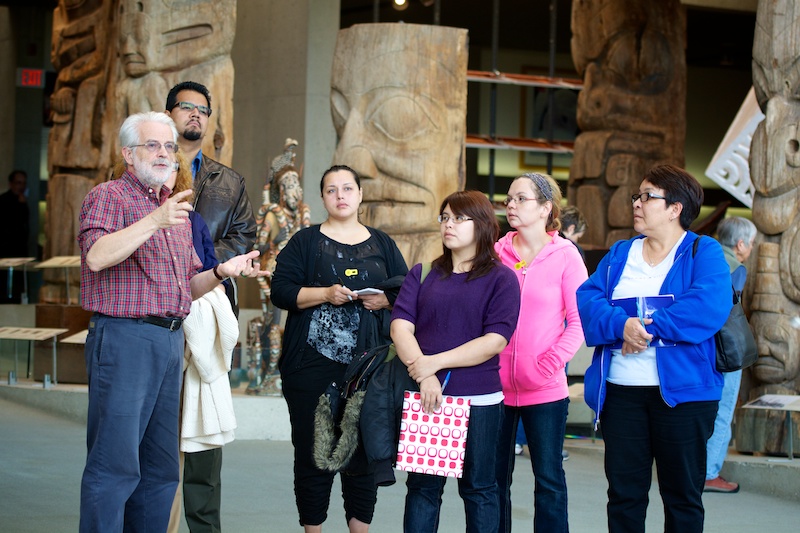Employment
![]()
Many students work while attending school to cover costs. In fact, some research suggests that students who work 10-15 hours per week are more likely to stay in school and graduate. However, the graduation rate begins to decline if students work more than 15 hours per week, and those who work more than 20 hours per week while attending school full-time have the highest dropout rate (University of Pennsylvania, 2006). Therefore, if you need to work, try to find something that is less than 15 hours per week, will help develop skills for employment after you graduate, and allows you to maintain a healthy work-school balance.
In your search for employment, your first stop should be your post-secondary institution. Co-op and Work Study programs facilitated by your post-secondary institution may be available. Many schools offer career planning resources through Student Services. If you can find work on campus, that may be the ideal situation.
After graduation, or between programs, consider participating in the BC Indigenous Youth Internship Program, which provides 12 month paid internships to provide opportunities for Aboriginal youth to build professional skills and networks.
Global Affairs Canada also offers the International Aboriginal Youth Internships initiative, which provides opportunities for Aboriginal youth to participate in international internships in developing countries.
The Research Affiliate Program provides post-secondary students with opportunities to conduct innovative research and gain experience with federal organizations

Band Sponsorship
The Post-Secondary Student Support Program (PSSSP) and the University College Entrance Preparation Program (UCEP) may be available to eligible First Nations and Inuit students who are accepted into eligible post-secondary programs.